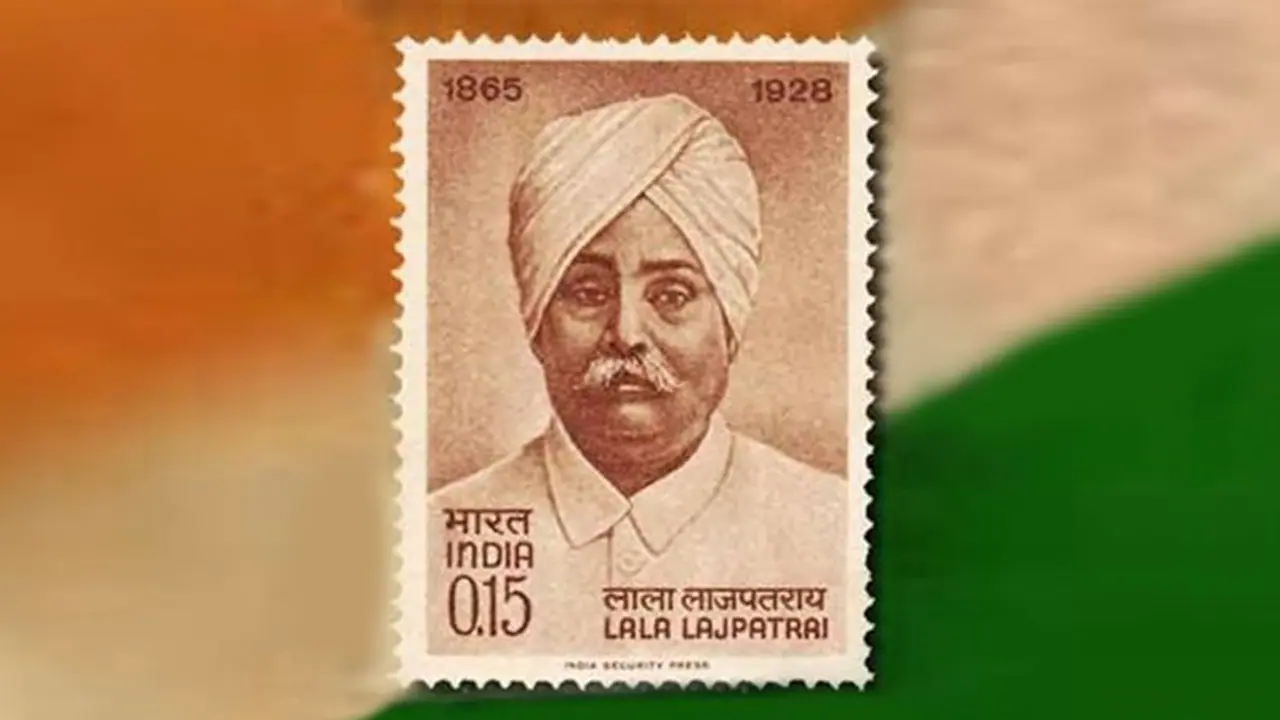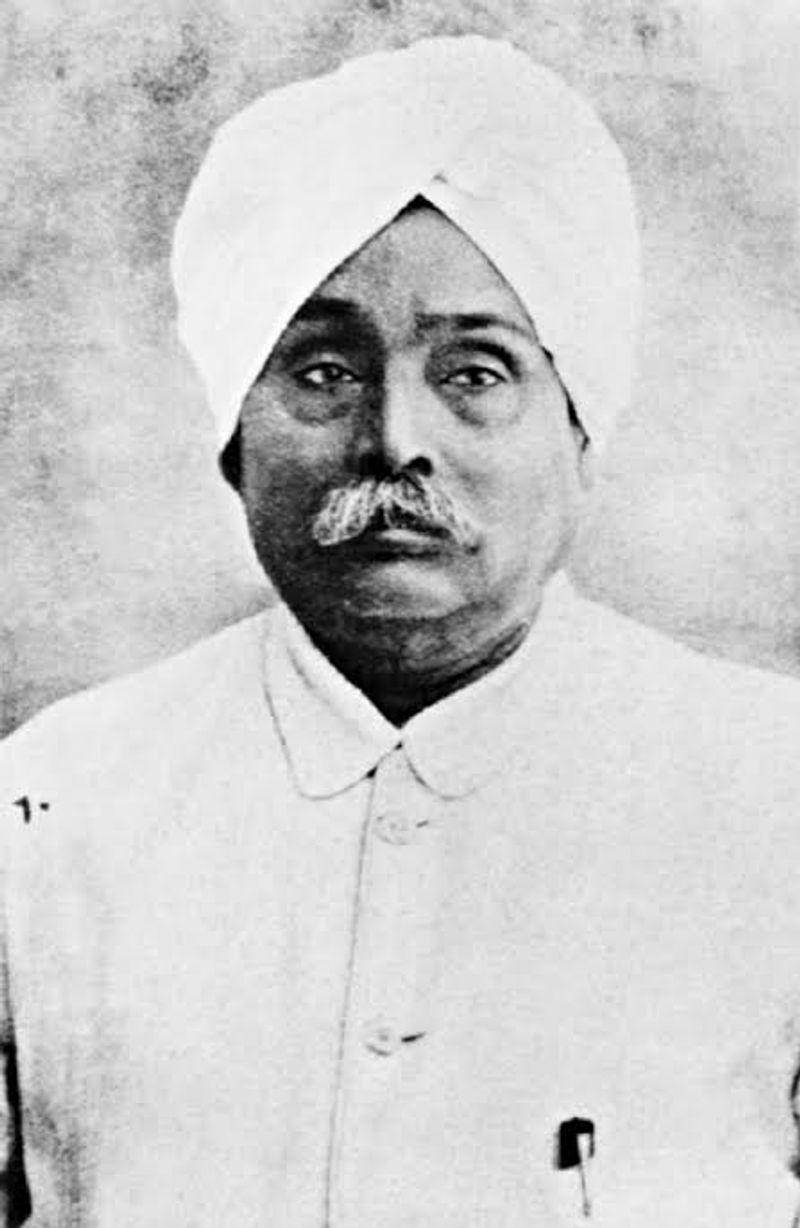Lala Lajpat Rai was always considered a heavyweight veteran leader of the Indian Nationalist Movement, Indian independence movement, Hindu reform movements and Arya Samaj
New Delhi: Lala Lajpat Rai, one of the main Indian freedom fighters, died of a heart attack on November 17, 1928. He was assaulted by the then superintendent of police, James A. Scott during a silent march against Simon Commission.
Though seriously injured, Rai subsequently addressed the crowd and said, "I declare that the blows struck at me today will be the last nails in the coffin of British rule in India". It is believed that Scott’s assault hastened his death, however, when the matter was raised in the British Parliament, the government denied any role.

Here are few facts about the freedom fighter:
- Rai’s death is celebrated as Martyrs' Day in Odisha.
- Rai was always considered a heavyweight veteran leader of the Indian Nationalist Movement, Indian independence movement, Hindu reform movements and Arya Samaj. He is credited for inspiring young men, including Chandrasekhar Azad and Bhagat Singh, to think about the nation.
- Rai founded many organisations, including Arya Gazaette are Lahore, Hisar congress, Hisar Arya Samaj, Hisar Bar Council, national DAV managing Committee.
![]()
- In 1927, the national leader established a trust to build and run a tuberculosis hospital for women in Lahore, reportedly at the location where his mother, Gulab Devi, had died of tuberculosis.
- Rai also helped found the Punjab National Bank.
- Following his death, several institutions were named after Rai. In 1959, the Lala Lajpat Rai trust was formed by a group of Punjabi philanthropists on the eve of his Centenary Birth Celebration.
- Lala Lajpat Rai Memorial Medical College, Meerut, Lala Lajpat Rai Institute of Engineering and Technology, Moga and Lala Lajpat Rai University of Veterinary & Animal Sciences at in Hisar were all set up in his memory.
- There are several other places across the country like Lajpat Nagar Central Market in New Delhi and Lala Lajpat Rai Hall of Residence at Indian Institutes of Technology (IIT) in Kanpur named after him.

